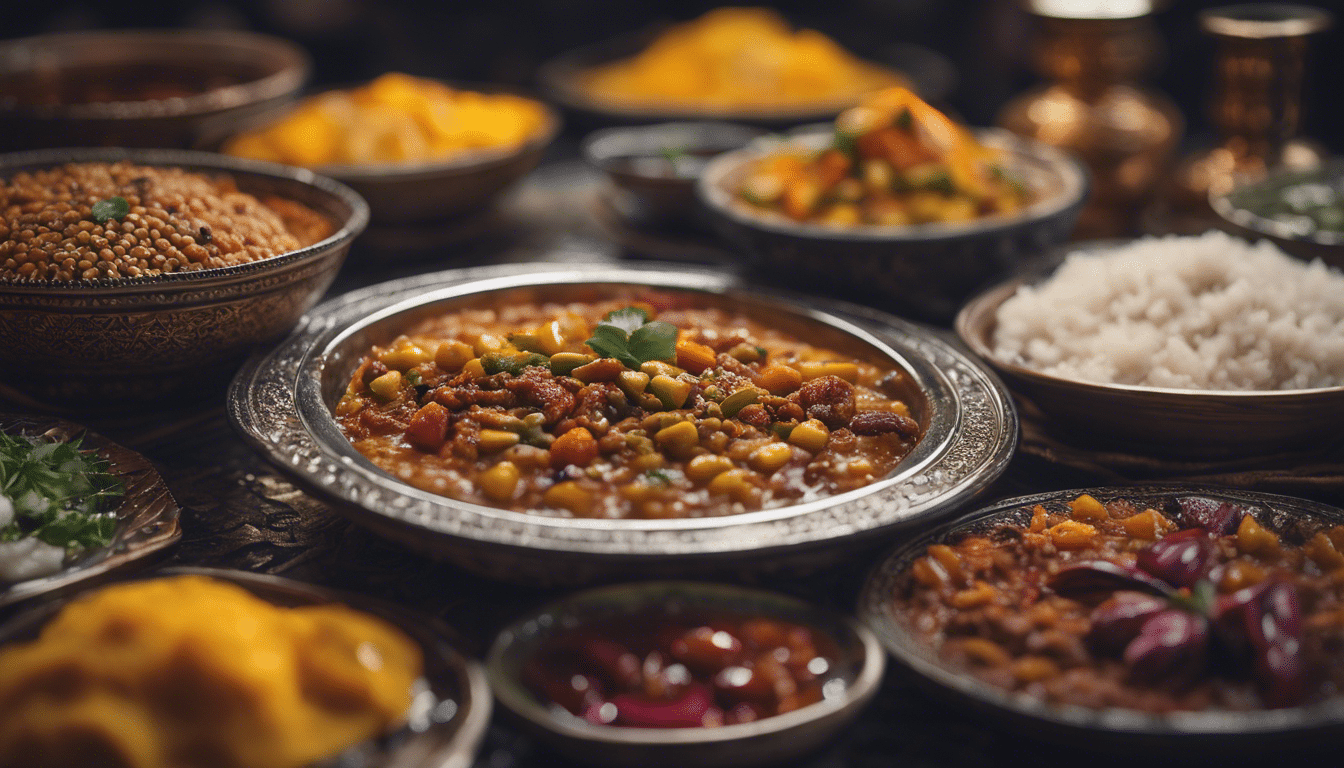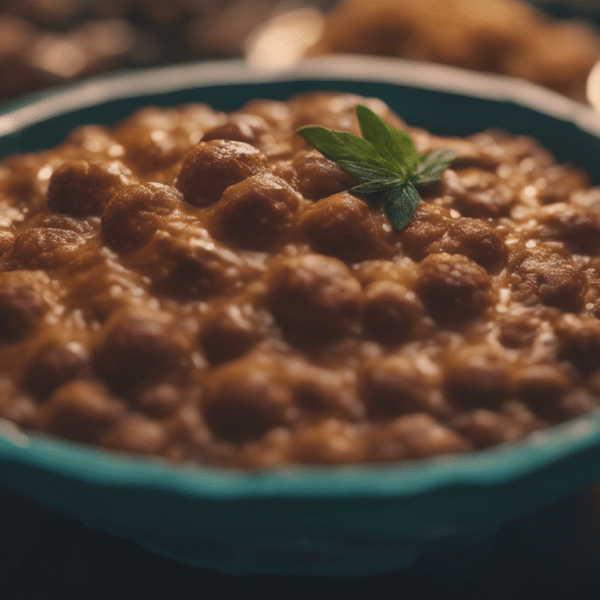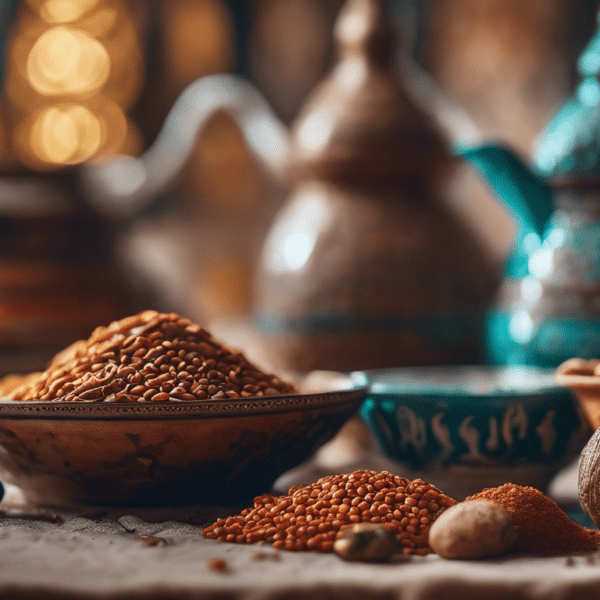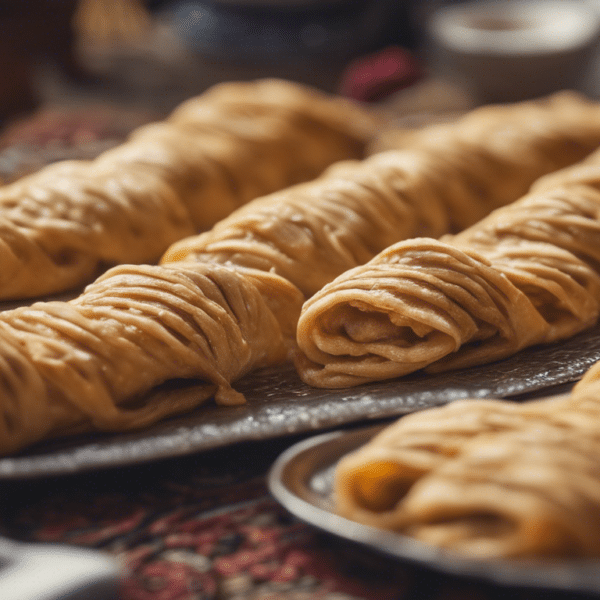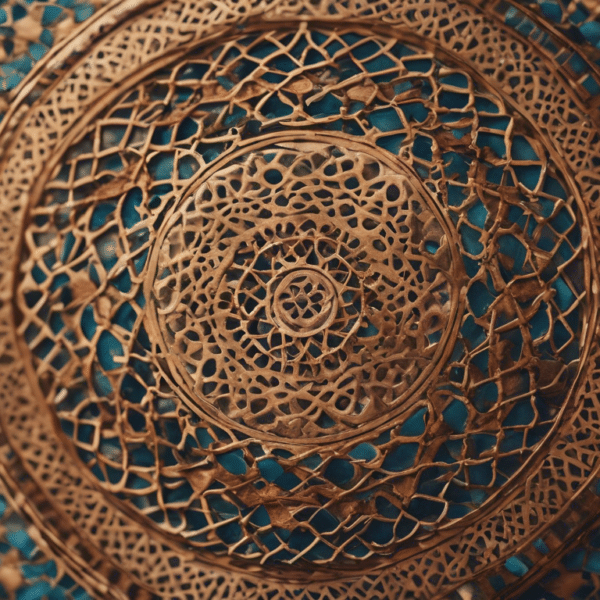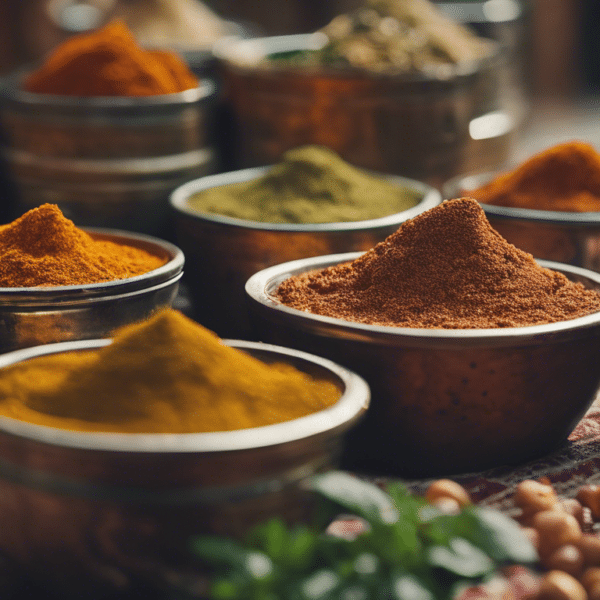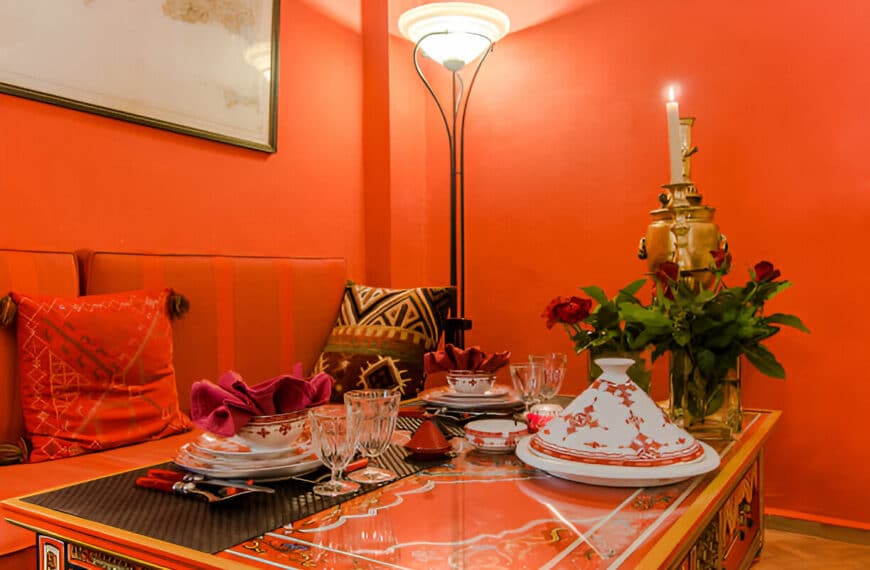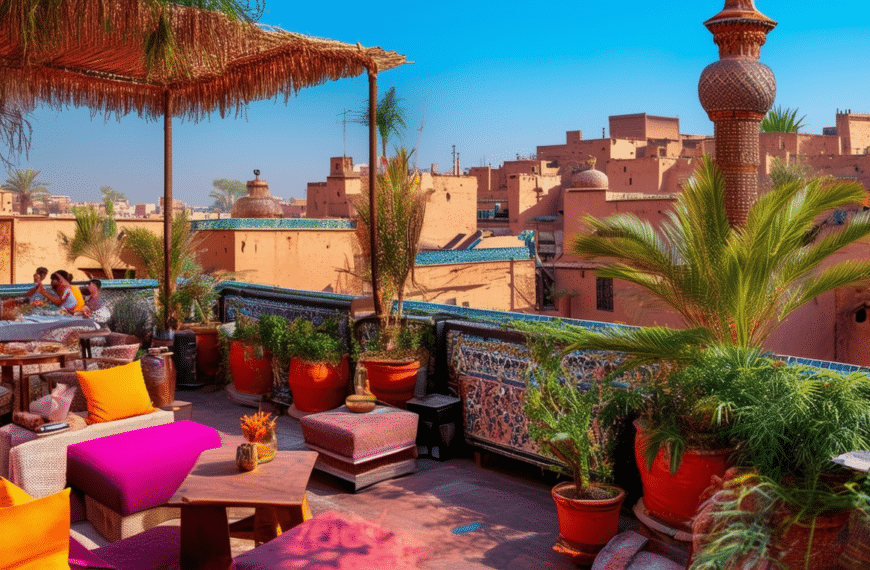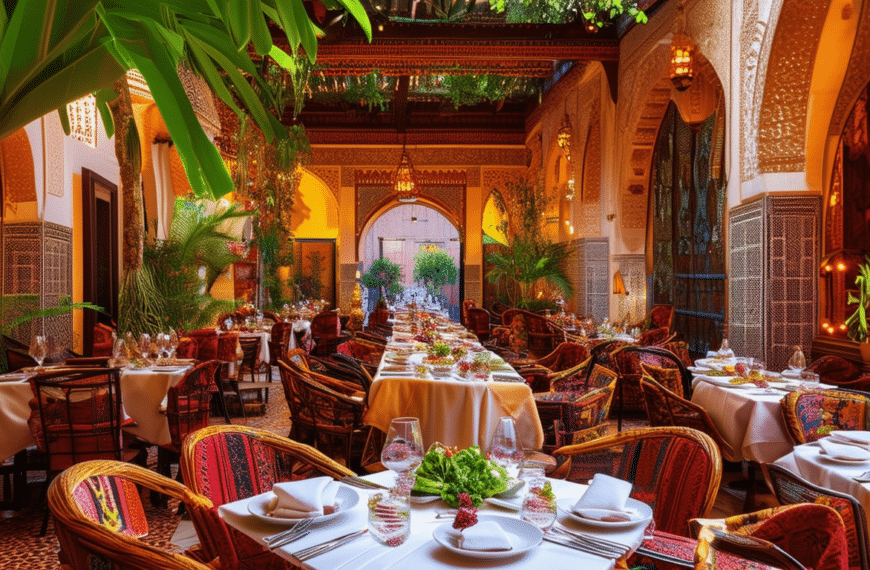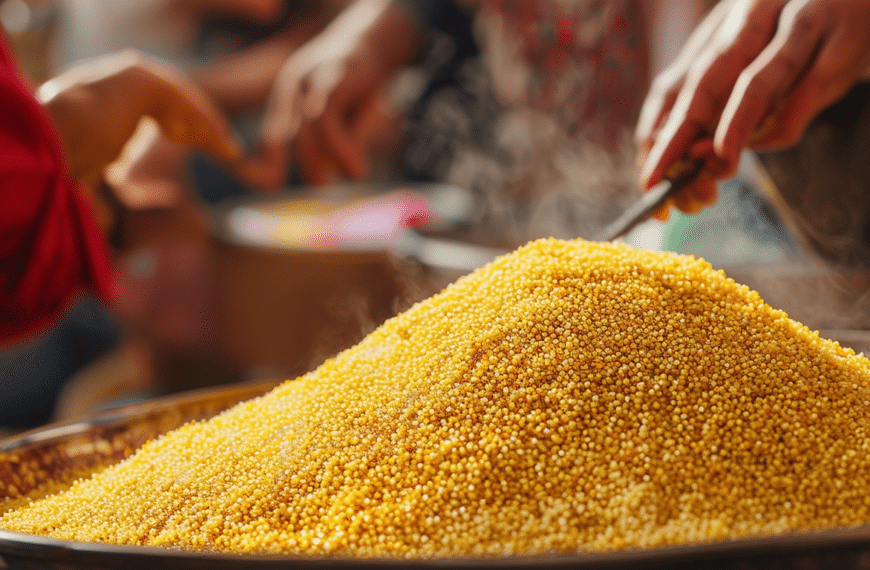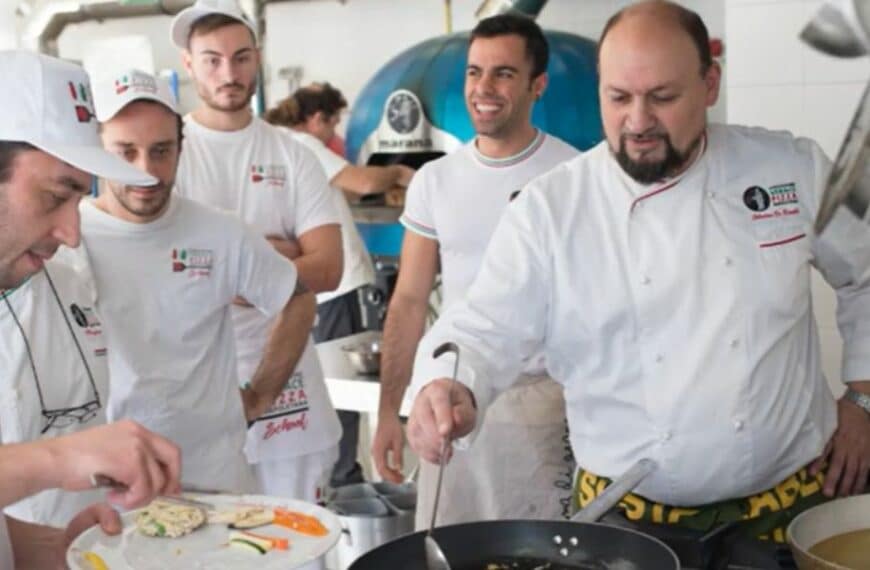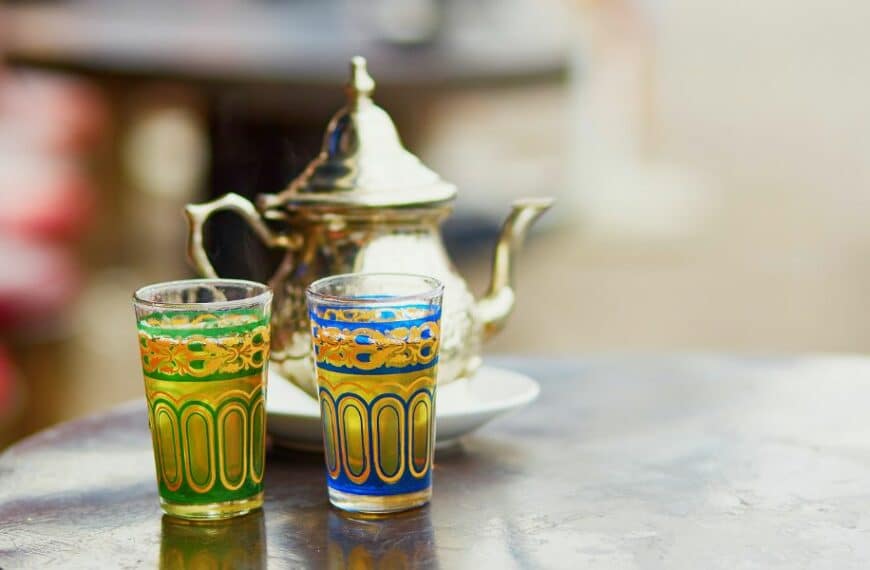Dive into the heart of Moroccan culinary innovation with a tantalizing exploration of Tanjia variations. Imagine the clay pot’s earthy embrace as it teases out flavors bold and subtle, and invigorate your senses with the aromatic spices and herbs that dance through the winding medinas. This journey isn’t just about cooking; it’s about igniting a creative spark in your kitchen with exotic twists on a traditional gastronomic treasure. Are you ready to transform the classic Tanjia into a canvas of taste that challenges the ordinary? Unearth the secrets that lie within this majestic Moroccan masterpiece and let your palate revel in a symphony of flavors only the daring will discover. Welcome to the art of Tanjia metamorphosis.
Exploring the Origins of Moroccan Tanjia
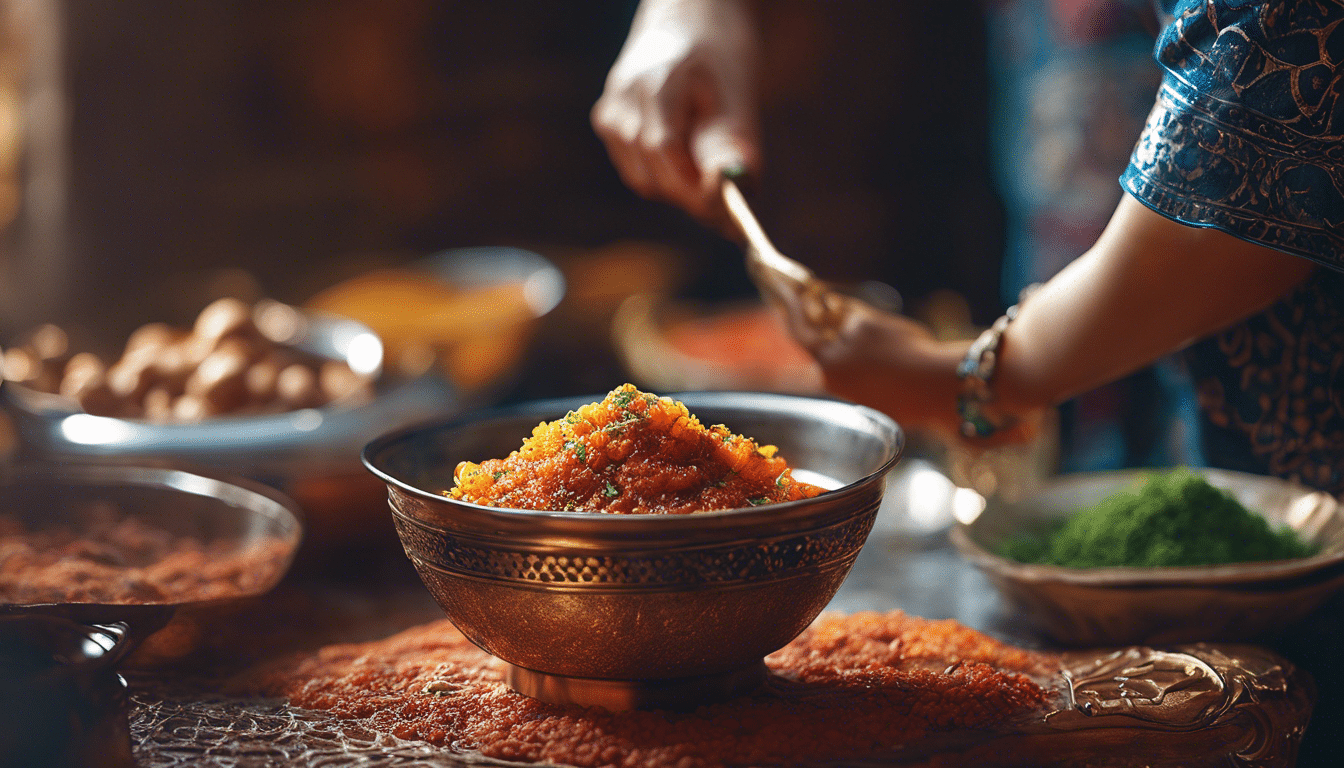
Picture the bustling medina of Marrakech, where the fragrance of cumin and ginger mingles with the smoky whispers of slow-cooking clay pots. Here, nestled within the ancient walls, lies the culinary gem known as Tanjia. A dish not just made, but rather, born from the heart of Moroccan culture; its story as intriguing as its flavors are deep.
Moroccan Tanjia, a name that evokes the spirit of communal feasts and languid afternoons, is both a specialty and a testament to Morocco’s culinary heritage. Not to be confused with the more globally known Tagine, this hearty meal is traditionally prepared by men, an interesting anecdote underscoring the unique customs that dictate Moroccan cuisine.
The origins of Tanjia take us back to the hardworking bachelors of Marrakech who wanted a satisfying meal without the trouble of cooking. They would season their meat, often lamb or beef, with a medley of vibrant spices and preserved lemons, then place it in a distinctive earthenware pot called a ‘tanjia’. This would then be entrusted to the gentle care of Morocco’s natural sous-vide: the glowing ashes of a local hammam’s fire.
Embracing the diversity of tanjia: Over time, tanjia has embraced variations that have transcended the boundaries of its humble beginnings. Cooks have experimented with different meats, such as chicken or fish, while adventurous palates have married the dish with unconventional spices and herbs, bringing a fusion twist to this culinary classic.
One popular variation plays with the texture and depth of the sauce – some like it brothy and light, while others prefer it reduced and intensified, with a caramelized topping that dances on the taste buds. Another twist involves the cooking method; although minimalists argue nothing beats the earthenware pot and ashes, modern kitchens have adapted recipes for slow cookers and pressure cookers, all in pursuit of that tender, fall-off-the-bone ecstasy.
Vegetables, too, have made their way into tanjia variations, with carrots, potatoes, and onions often nestled alongside the protein, soaking up the aromatic juices and becoming transformative accompaniments to the dish.
A journey through the tastes of Morocco: As with many traditional dishes, the act of making tanjia is as much about the process as it is about the final product. Some say the slow cooking is a meditation, a gentle reminder of a time when meals marked the passage of time, not merely the pause in a hectic day.
For those seeking to recreate the enchantment of Moroccan tanjia, here’s a simple guide:
– Begin with choice cuts of meat, marinated in a blend of Moroccan spices like cumin, turmeric, and saffron.
– Layer your meat with preserved lemons and a drizzle of fragrant olive oil.
– Seal it in a tanjia (or your substitute slow-cooker), and then exercise patience as the low and slow heat works its magic.
No matter the variation, each rendition of tanjia holds the soul of Morocco in its belly – a melange of flavors and history passed down through generations. Even far from the narrow alleys of Marrakech, one can taste the sun-baked terracotta and hear the echoes of ancient souks with every bite.
So, to the culinary explorers like you, dare to dive into the heart of Moroccan cuisine. Uncover the layers of a tanjia, find delight in its variations, and perhaps, create a new tradition within the walls of your kitchen. After all, the true essence of Moroccan tanjia is not just in its rich and tender meat, but in the stories it gathers around the table, fostering connections that, much like its flavors, only deepen with time.
Delving into the Traditional Cooking Methods
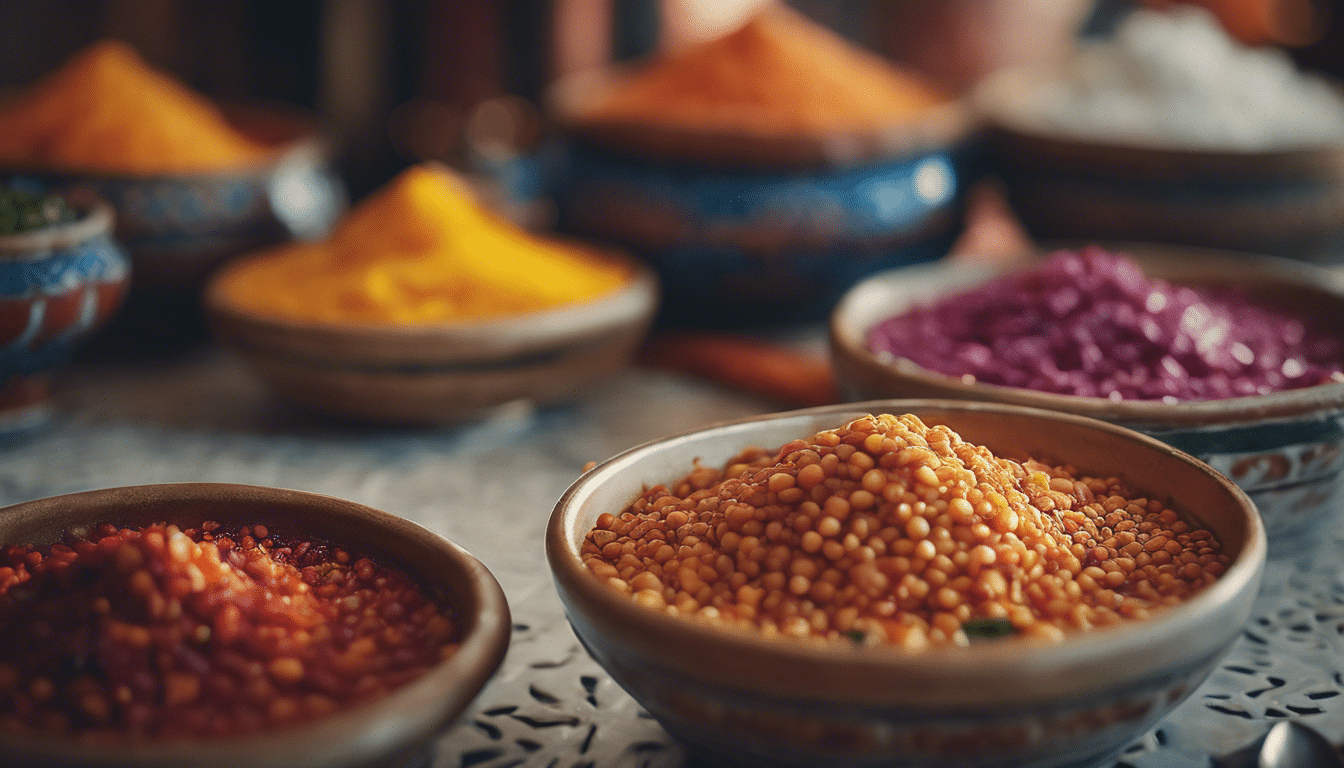
In the heart of Morocco, nestled within the ancient walls of Marrakech, there thrives a cooking tradition that whispers tales of the past and simmers with the soul of the country. Tanjia, not to be mistaken with the more renowned tagine, is a culinary delight that embodies the essence of Moroccan gastronomy. This dish, cherished by food savants and culinary travelers alike, offers a seductive dance of flavors. Here, we’ll explore the traditional cooking methods that make Tanjia a unique masterpiece, and the variations that keep it palatable across seasons and tastes.
Unwrapping the Mystique of Marrakech’s Tanjia
The classic Marrakech Tanjia begins its life in an earthenware pot, which resembles an urn rather than the flat-based tagine. The magic starts with quality meat, usually lamb or beef, marinated in a mesmerizing blend of spices – think cumin, saffron, and preserved lemon – and sometimes a secret ingredient that every cook swears by. The traditional cooking method is what sets Tanjia apart: the pot is sealed and then slow-cooked in the smoldering ashes of a wood fire, often in the furnace of a local hammam – the communal baths that serve as a social hub in Moroccan culture.
The result? A tender, fall-off-the-bone experience that transports you through time with every morsel.
Variations on a Theme: Infusing Creativity into Tradition
While tradition forms the spine of Moroccan culinary practices, creativity is its lifeblood. The classic Tanjia recipe is open to interpretation and invites the adventurous cook to infuse personal flair into the dish. Here are some tantalizing variations:
– The Coastal Twist: Incorporate seafood, such as monkfish or shrimp, spiked with harissa to lend a piquant kick to the mellowness of the fish.
– Vegetarian Variations: For the herbivore palate, replace meat with root vegetables, chickpeas, and a medley of mushrooms, slow-cooked to perfection in the same earthenware pot.
Understanding the beauty of these variations relies not just on the change of ingredients but also embraces the subtle shifts in cooking times and temperature control. Each ingredient whispers its demands for a perfect Tanjia.
Cooking with the Elements: Earthenware Pots and Wood Ashes
At the heart of Tanjia’s cooking method lies the use of the earthenware pot. The material’s porous nature allows for a slow and even distribution of heat, ensuring that the ingredients within meld together in harmonious flavors. The traditional practice of cooking the Tanjia in the heat of wood fire ashes adds a smoky nuance, a flavor unachievable with modern ovens.
This method isn’t just about taste; it’s about connecting with the elements. There’s earth in the clay, fire in the ashes, air in the slow-cooked steam, and water in the succulent juices of the meat. It’s elemental cooking at its most pure, paying homage to nature’s role in our nourishment.
Embracing Tanjia in Your Own Culinary Adventures
The beauty of Tanjia lies in the ease with which it can be adapted to modern kitchens without losing its soul. Slow cookers and Dutch ovens mimic the uniform heat of the traditional pots, allowing for domestic experimentation.
For aspiring Tanjia artisans like you, the gateway to Moroccan culinary heritage begins in your kitchen. Try different cuts of meat, play with spice combinations or dare to swap the traditional furnace with your faithful kitchen gadgets. The quest is not to replicate but to reinvent and to invite the spirit of Marrakech into your home with every steaming pot of Tanjia.
Embrace the traditional with a contemporary zest. Let your imagination saunter through the spice-laden souks of Morocco. Tanjia is more than a dish; it’s a cultural journey, a bridge from the bustling medinas to your dining table, waiting to be discovered – one pot, one variation, one meal at a time.
Selecting the Right Ingredients for a Bold Twist
Embark on a culinary adventure that meanders through the aromatic alleyways of Morocco, where tradition marries innovation, and the age-old Tanjia finds new life with a daring twist. This succulent marvel, traditionally slow-cooked to tender perfection in the gentle heat of Marrakech’s hammam ashes, is much more than a dish—it’s a cultural emblem, awaiting your personal stamp.
Taming the Tanjia: The Art of Choosing Meat
Venturing beyond the customary lamb or beef requires a blend of courage and culinary wisdom. Think outside the box but heed the guidelines of gastronomy—opt for meats that bask in slow cooking, such as oxtail, goat, or even well-marbled pork, for a tantalizing change in texture and taste.
Spice Souk Sojourn: Crafting Your Flavor Palette
The intoxicating scents of cumin, ginger, saffron, and Ras el Hanout swirl in the air as you navigate the spice souk for the perfect concoction. Embrace a pinch of daring—perhaps the smoky charm of paprika or the sweet kiss of cinnamon. Experiment, but maintain balance to avoid overpowering the dish’s intrinsic flavors.
– Cumin
– Ginger
– Saffron
– Ras el Hanout
– Paprika
– Cinnamon
Elemental Elixirs: Oils and Essences
The choice of anointing oil may seem trivial, yet it shapes the essence of your Tanjia. A drizzle of argan oil lends a nutty sophistication, whereas olive oil, ever-faithful, enriches with its fruity notes. Go bold with infused oils—perhaps rosemary or chili—for a Tanjia that gently whispers your name.
Crucial Cohorts: Vegetables and Legumes
While traditional Tanjia is typically a meat-centric affair, adding a mélange of vegetables can impart a refreshing counterpoint. Why not introduce sweet carrots, earthy turnips, or jewel-like dried fruits to the mix? For depth and heartiness, consider chickpeas or lentils, harmonious companions to the meat’s allure.
– Carrots
– Turnips
– Dried fruits (apricots, prunes)
– Chickpeas
– Lentils
Cooking Vessels: Embracing Modernity
The namesake Tanjia urn is a sentinel of tradition, but modernity offers alternatives. A slow cooker can stand in, or an oven-safe tagine. The key is low and slow—let the flavors dance in a gentle embrace, nurturing the boldness you’ve dared to introduce.
Plating Up: A Fest for the Senses
Presentation, whimsical yet thoughtful, is your final act of creative flair. Serve your Tanjia over aromatic couscous or nestled beside freshly baked khobz. Garnish with a scatter of fresh herbs and a zest of lemon for a sprightly finish that honors the vivid tapestry of Moroccan cuisine.
Embarking on your Tanjia journey teases your senses and challenges your culinary prowess. Initiate this escapade with reverence to tradition, but sail forth with the winds of innovation billowing your sails. Select ingredients that echo your spirit—and watch as your bold twist on Tanjia becomes a tantalizing tale, told one fragrant, flavorful spoonful at a time.

